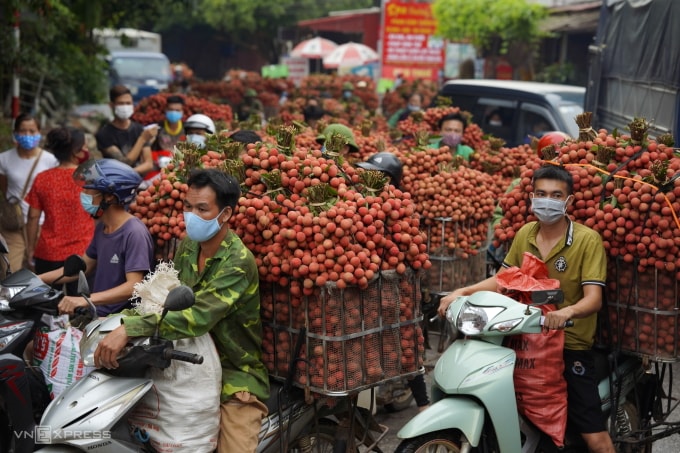
The above figures have just been announced by the Customs Department, of which, the Chinese market alone accounted for 27 million USD, an increase of 3.63 times compared to June last year. Besides China, Vietnamese lychees are also popular in demanding markets such as France, Australia, the US, Canada and the UK, with export growth ranging from 2 to 5 times.
In the first 6 months of the year, lychee export turnover reached 45.4 million USD, up 92% over the same period last year. The top 10 markets importing Vietnamese lychees simultaneously increased purchases from 10-2,000%.
An exporter said that this year, the attractive prices, high quality and affordable prices of lychees have made international consumers respond enthusiastically. The area of lychee grown according to VietGAP and GlobalGAP standards has also increased rapidly, helping to meet the strict requirements of markets such as Japan, the UK and the US.
Mr. Dang Phuc Nguyen - General Secretary of the Vietnam Fruit and Vegetable Association - commented that the quality of Vietnamese lychees is improving day by day. Modern harvesting and preservation technology helps to extend the shelf life and improve quality. Many businesses have cooperated with farmers, building a closed process from planting, caring to harvesting, helping to significantly increase productivity and quality.
This year, the price of lychees in the garden fluctuates from 8,000 to 20,000 VND per kilogram, depending on the type. Some lots with growing area codes and nice packaging are bought by traders at higher prices, around 25,000 to 30,000 VND per kilogram. At the beginning of the season, the price was up to 35,000 to 40,000 VND per kilogram. After adding input and transportation costs, the retail price of exported lychees abroad is around 200,000 to 300,000 VND per kilogram.
The national lychee output this year is estimated at 250,000 tons, up 25% over last year. Of which, Bac Giang province alone reached 165,000 tons.
Lychee - a summer specialty of Vietnam, is grown mainly in the northern provinces, of which Bac Giang and Hai Duong (old) are two key areas. Luc Ngan is known as the "capital" of lychee in the country with an area of about 18,000 hectares, and an output often exceeding 100,000 tons per year. Luc Ngan lychee is famous for its large, sweet fruit, suitable for demanding markets such as Japan, Australia, the EU and China.
Hai Duong (old) is also a large growing area, with a total area of nearly 10,000 hectares. Thanh Ha litchi has the characteristics of thin skin, thick flesh, fragrant and sweet. In 2020, this place became the first locality to bring Vietnamese litchi into the distribution system in Japan.
In addition to the above areas, lychee is also grown sporadically in Quang Ninh (Dong Trieu, Uong Bi), Hung Yen, and Hanoi on a small scale. Some southern provinces such as Lam Dong and the Central Highlands have also experimented with growing lychee, but have not yet formed large production areas due to unsuitable climatic conditions.
Currently, many lychee growing areas in Bac Giang and Hai Duong (old) have been granted growing area codes and applied VietGAP and GlobalGAP processes to serve official export.
VnExpressSource: https://baohaiphongplus.vn/nhieu-quoc-gia-tang-mua-vai-thieu-viet-nam-417556.html




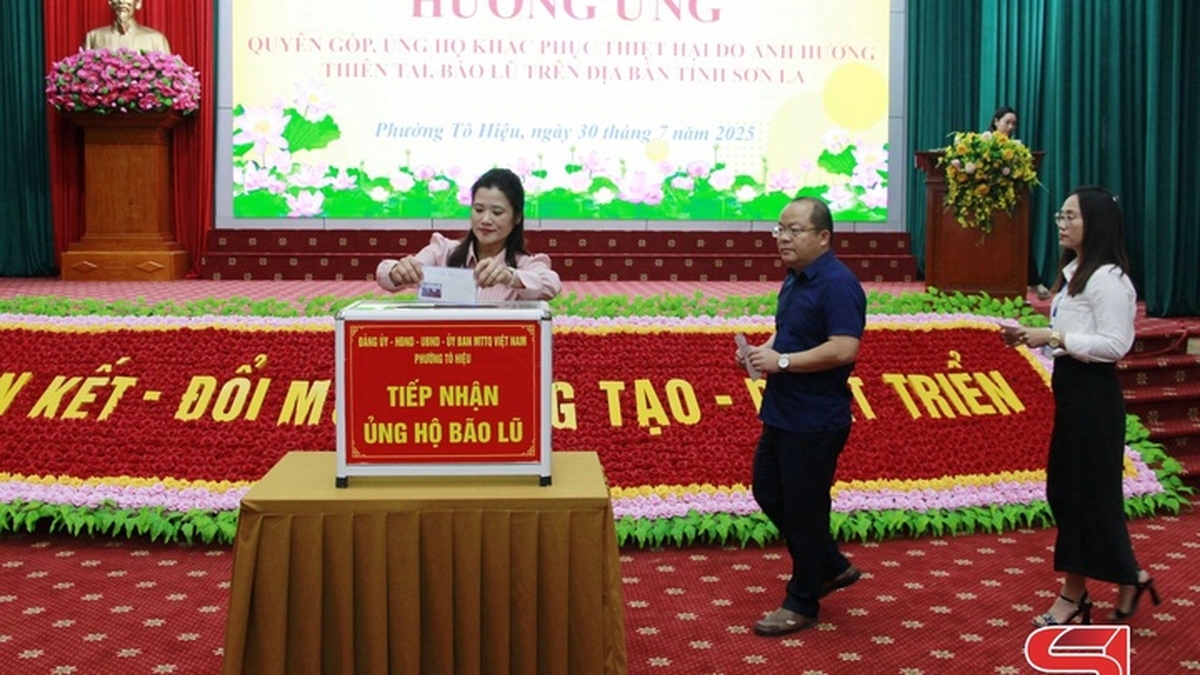



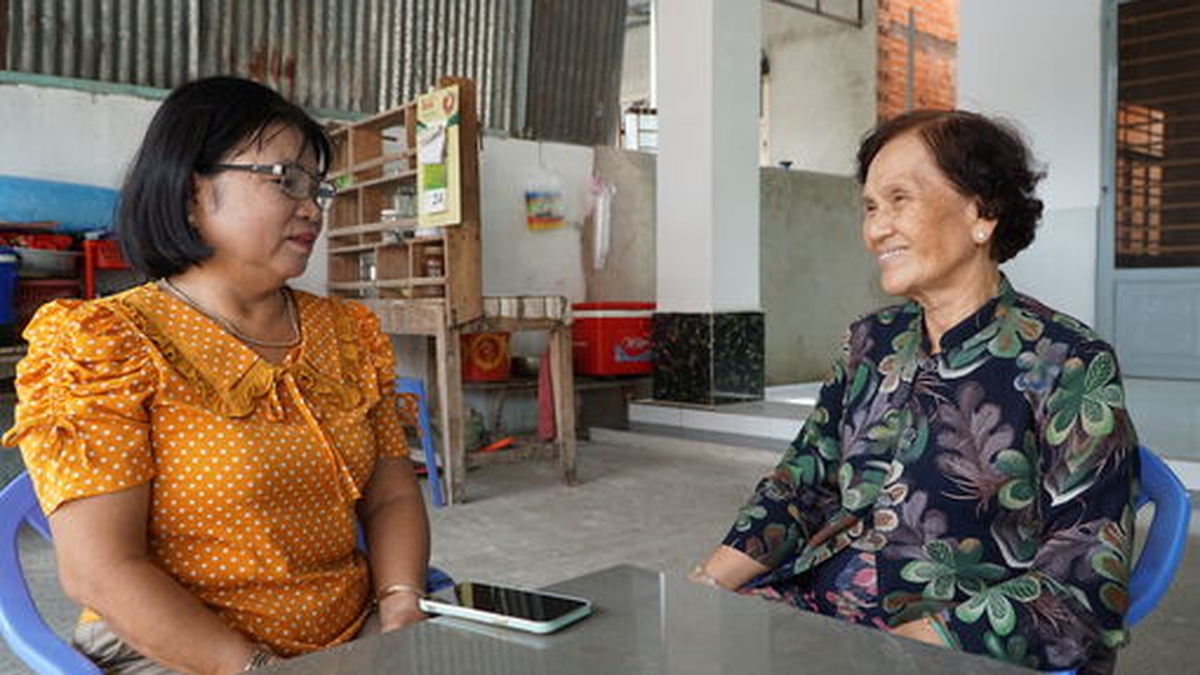
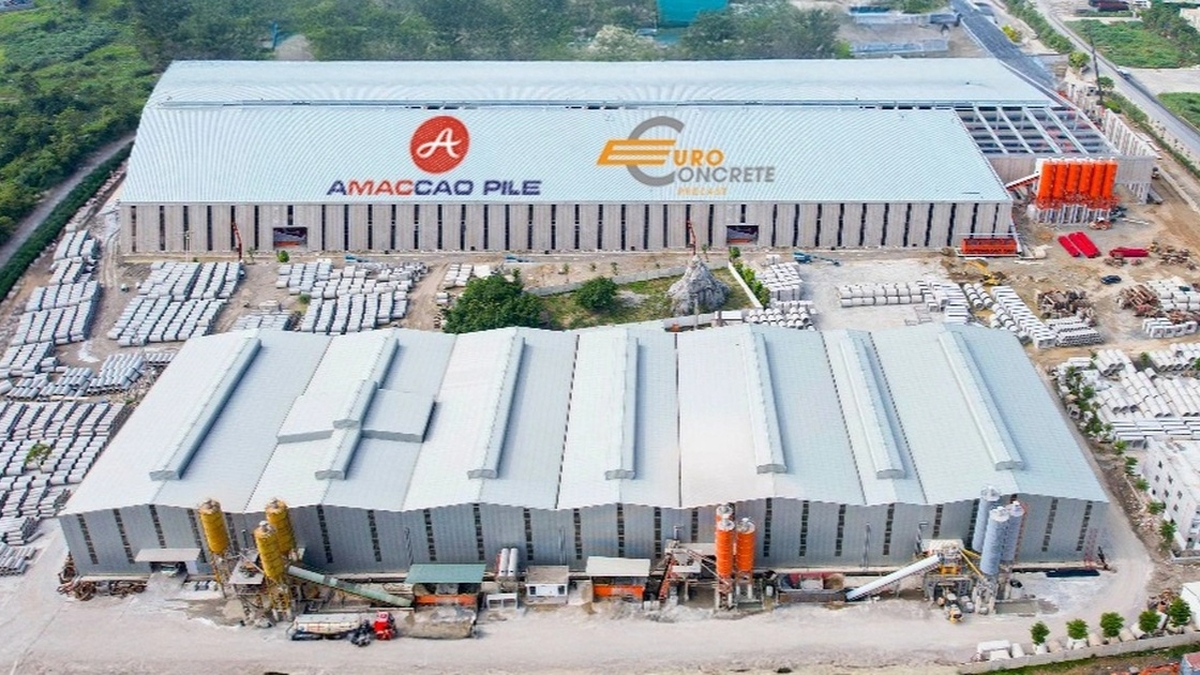
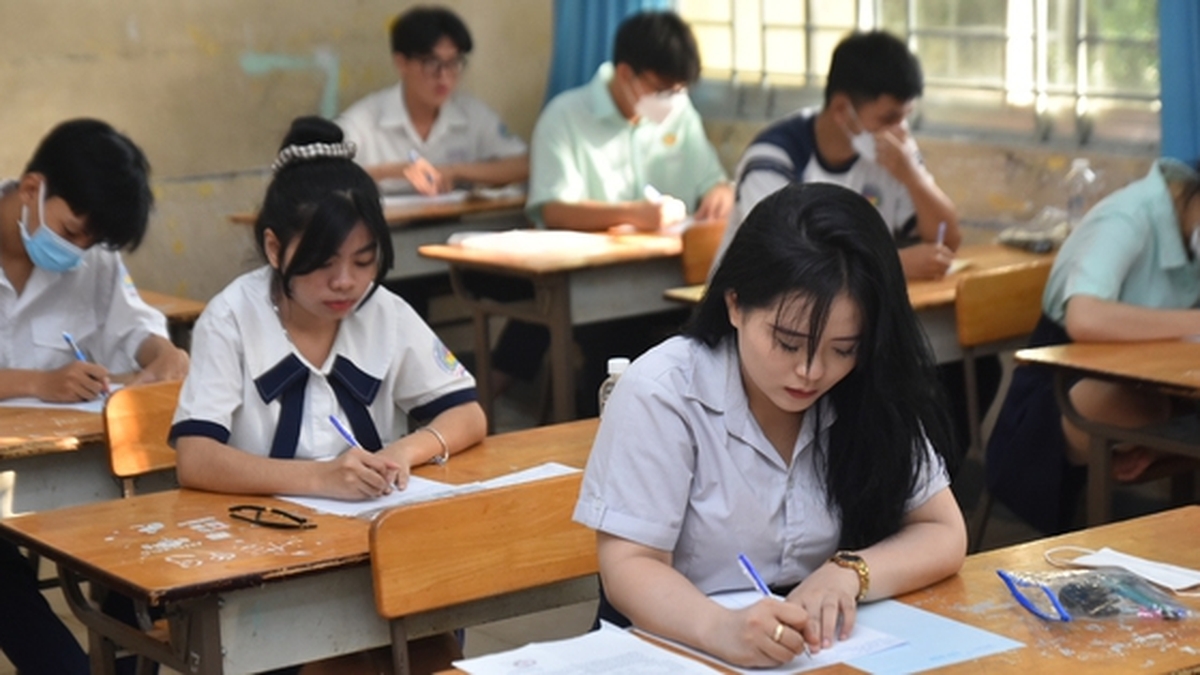

















![[Photo] National Assembly Chairman attends the seminar "Building and operating an international financial center and recommendations for Vietnam"](https://vphoto.vietnam.vn/thumb/1200x675/vietnam/resource/IMAGE/2025/7/28/76393436936e457db31ec84433289f72)



















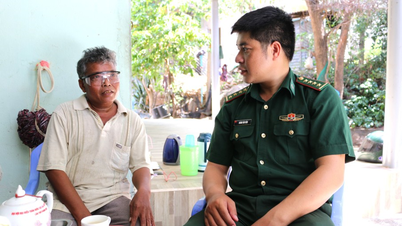








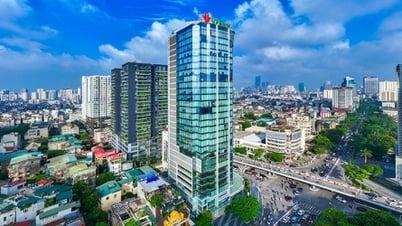


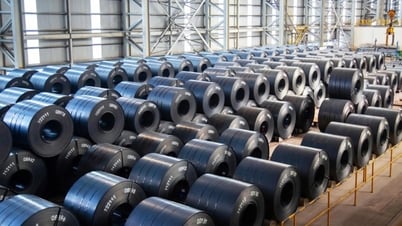









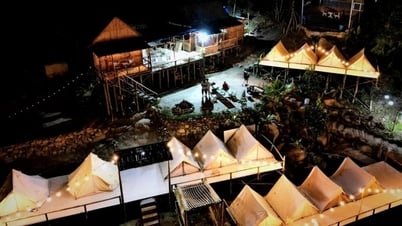





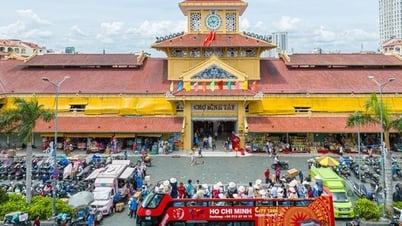
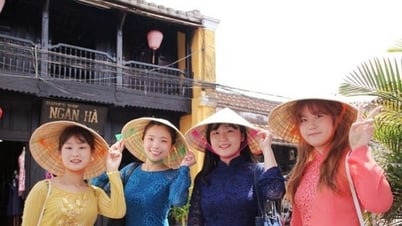













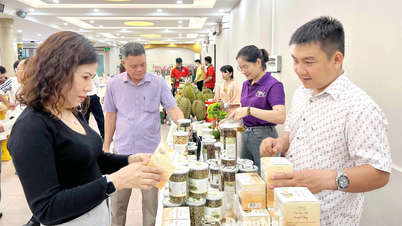






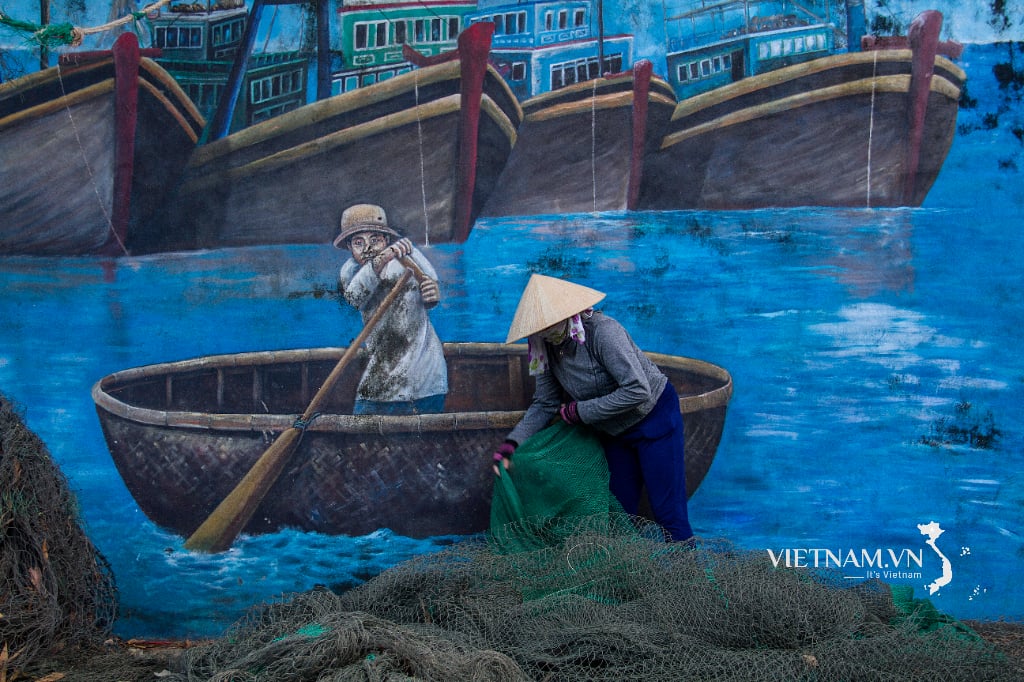


Comment (0)